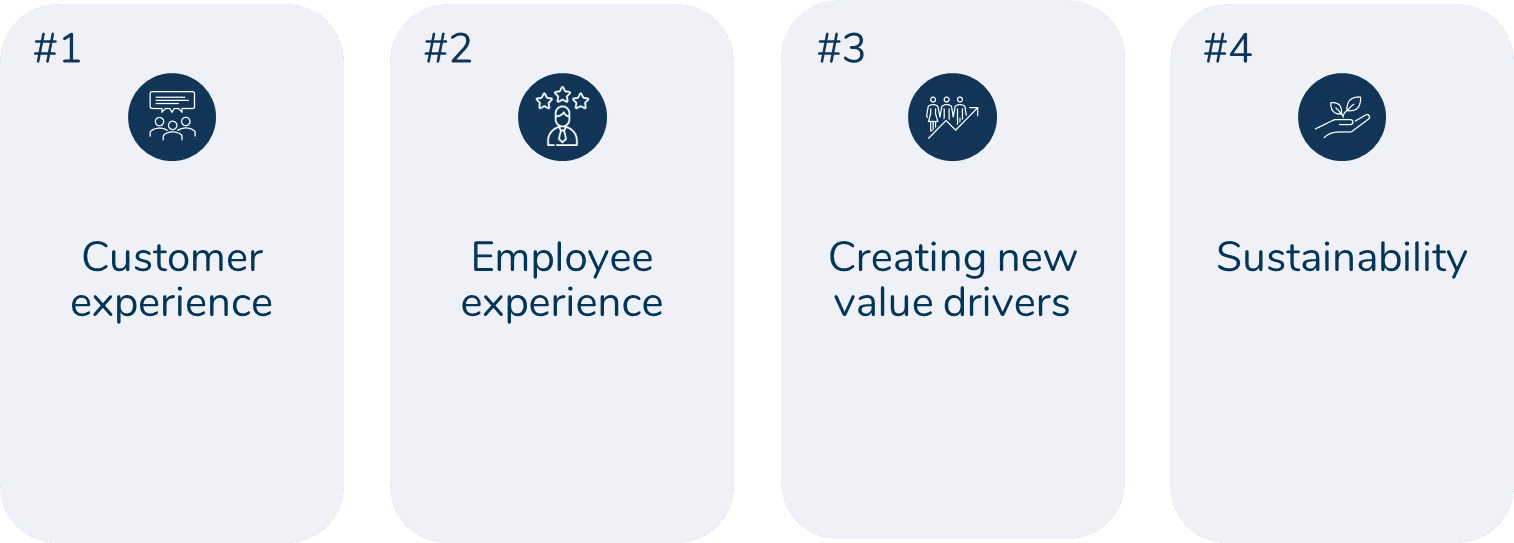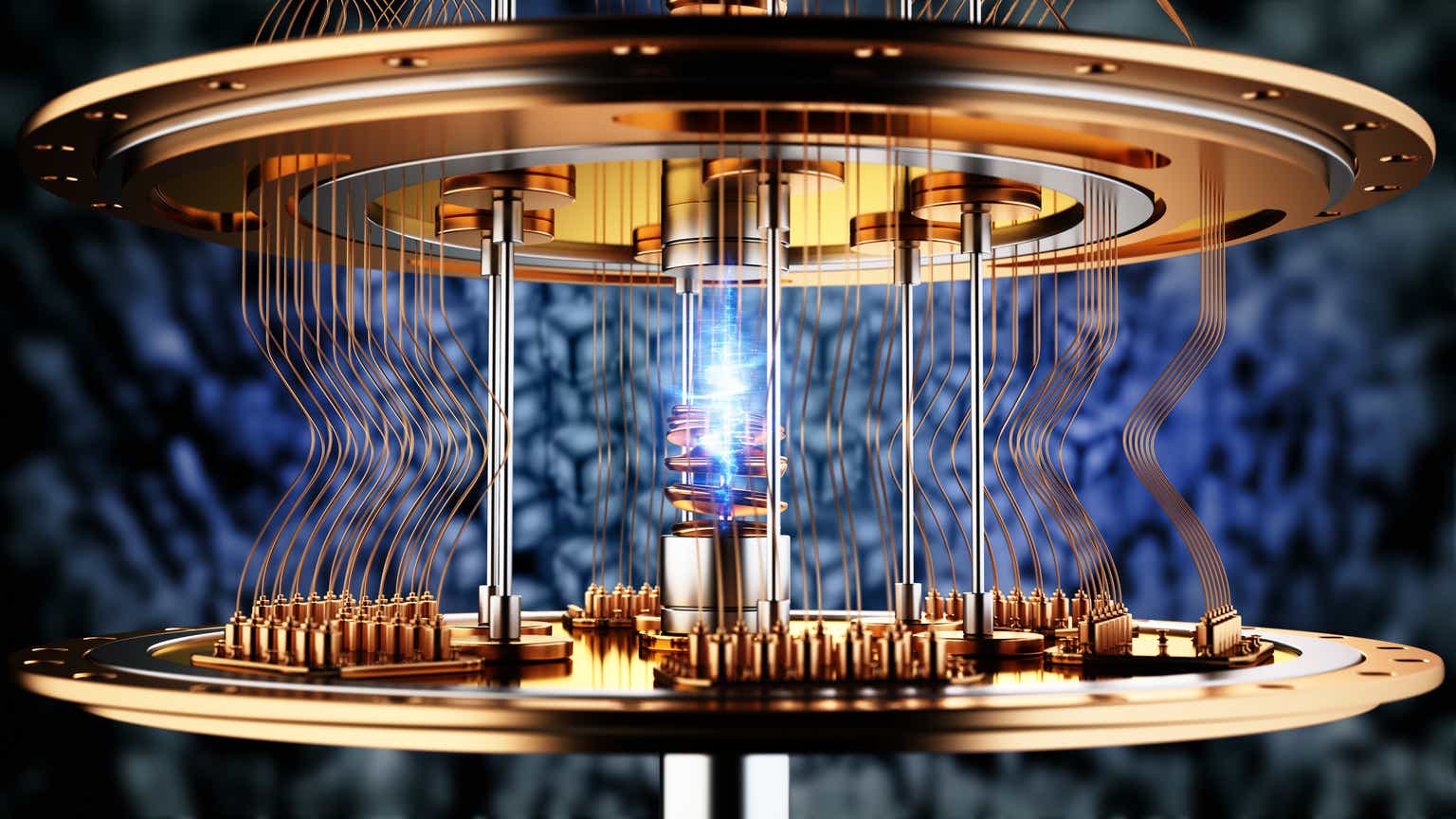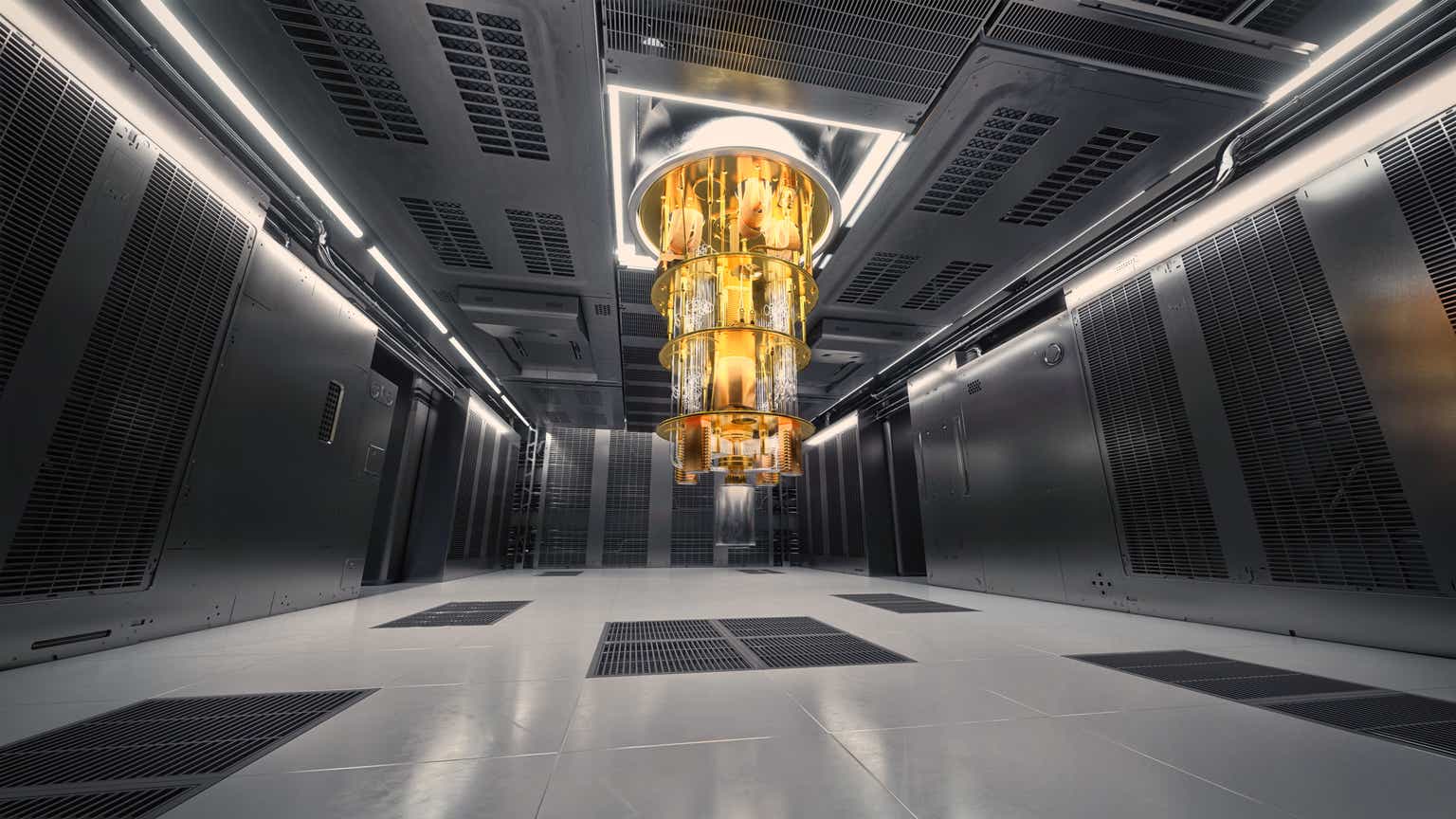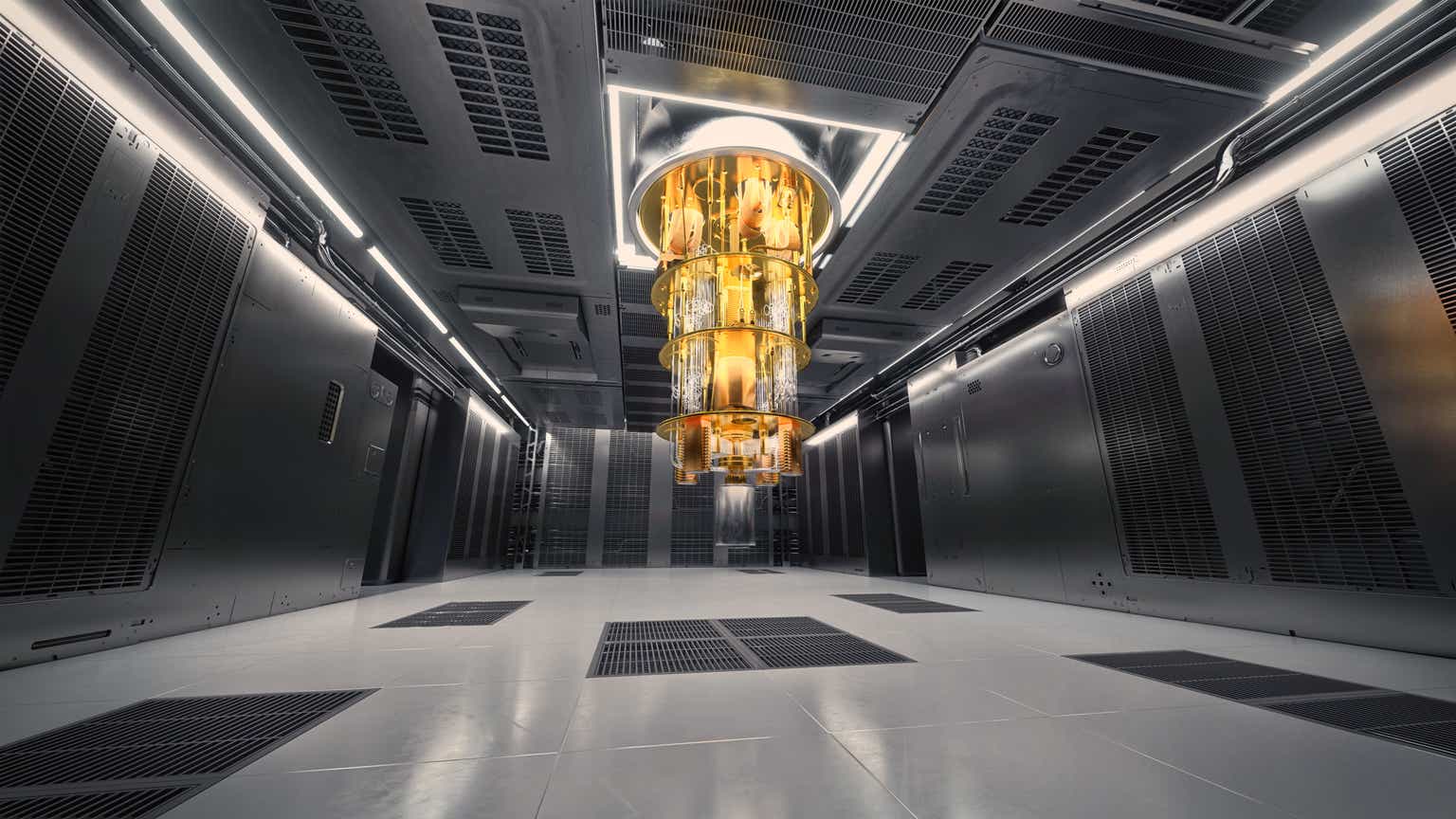Challenges To Clean Energy Adoption: A Growing Threat

Table of Contents
High Initial Costs and Investment Barriers
One of the most significant challenges to clean energy adoption is the substantial upfront investment required. Building renewable energy infrastructure, including solar farms, wind turbines, and smart grids, demands significant capital expenditure. This poses a considerable challenge for individuals, businesses, and governments alike. Securing financing for these large-scale projects can be difficult, particularly given the relatively long payback periods compared to traditional fossil fuel-based energy sources.
- High upfront costs compared to fossil fuels: The initial investment in solar panels or wind turbines is significantly higher than simply continuing to utilize existing fossil fuel infrastructure.
- Lack of access to affordable financing options: Traditional lending institutions may be hesitant to finance long-term, high-risk renewable energy projects.
- Long payback periods for investments: The return on investment for clean energy projects can be longer than for fossil fuel-based projects, discouraging some investors.
- Regulatory hurdles and permitting processes: Navigating complex permitting processes and regulatory frameworks can further delay projects and increase costs.
Addressing this challenge requires a multi-pronged approach. Government subsidies, tax incentives, and innovative financing mechanisms like crowdfunding can significantly reduce the financial burden and incentivize investment in clean energy projects. Streamlining permitting processes is also crucial for accelerating project deployment.
Intermittency and Reliability Issues of Renewable Energy Sources
The intermittent nature of renewable energy sources like solar and wind power presents another major challenge to clean energy adoption. Solar power generation is dependent on sunlight availability, while wind power relies on consistent wind speeds. This variability can lead to reliability issues if not properly addressed. Reliable energy supply is crucial for maintaining grid stability and meeting fluctuating energy demands.
- Solar power's dependence on sunlight: Solar energy production is significantly reduced at night and during cloudy weather.
- Wind power's reliance on wind speed: Wind power output fluctuates depending on wind speed and direction.
- Need for advanced energy storage technologies (batteries, pumped hydro): Energy storage solutions are essential to buffer the intermittency of renewable sources and ensure a consistent power supply.
- Importance of smart grids for efficient energy distribution: Modernizing the electricity grid with smart grid technologies can improve the integration and management of intermittent renewable energy sources.
Advancements in battery technology, pumped hydro storage, and other energy storage solutions are crucial for mitigating the intermittency challenge. Similarly, the development and implementation of sophisticated smart grids are essential for optimizing energy distribution and ensuring grid stability with increased renewable energy integration.
Political and Regulatory Hurdles
Government policies and regulations play a critical role in either promoting or hindering the adoption of clean energy. Unfortunately, inconsistent and unsupportive policies, often influenced by lobbying efforts from established fossil fuel industries, remain a significant challenge to clean energy adoption.
- Lack of supportive government policies and regulations: The absence of clear, consistent, and long-term supportive policies creates uncertainty for investors and hinders clean energy development.
- Influence of fossil fuel lobbyists: Powerful fossil fuel interests often lobby against policies that favor renewable energy, creating significant political obstacles.
- Permitting delays and bureaucratic obstacles: Complex and lengthy permitting processes can significantly delay clean energy project development.
- Inconsistency in energy policies across different regions: Differing policies across regions create fragmentation and hinder the efficient scaling-up of clean energy projects.
Stronger, more consistent, and supportive government policies are essential for accelerating the transition to clean energy. These policies should include long-term investment commitments, streamlined permitting processes, and carbon pricing mechanisms to level the playing field with fossil fuels.
Technological Limitations and Research Gaps
While significant progress has been made, technological limitations and ongoing research gaps remain a challenge to clean energy adoption. Continuous improvement in the efficiency and cost-effectiveness of clean energy technologies is crucial for widespread adoption.
- Need for higher efficiency solar panels: Improving the efficiency of solar panels will increase energy output and reduce land requirements.
- Advancements in wind turbine technology: Developing larger and more efficient wind turbines can reduce the cost of wind power generation.
- Development of more efficient and affordable energy storage solutions: Cost-effective and scalable energy storage is crucial for addressing the intermittency of renewable energy sources.
- Research into new clean energy sources (e.g., geothermal, tidal): Exploring and developing alternative clean energy sources will diversify the energy mix and enhance energy security.
Further technological innovation is essential to overcome these challenges. Continued investment in research and development of clean energy technologies is crucial for achieving cost reductions and performance improvements that will drive wider adoption.
Public Perception and Acceptance
Public perception and acceptance of clean energy technologies can also pose a challenge to clean energy adoption. Concerns about the visual impact of wind turbines, land use for solar farms, and potential environmental impacts need to be addressed through transparent communication and community engagement.
- Addressing concerns about visual impact: Careful siting of renewable energy projects and incorporating aesthetically pleasing designs can mitigate visual concerns.
- Promoting public understanding of environmental benefits: Educating the public about the environmental and health benefits of clean energy is essential for gaining wider acceptance.
- Dispelling myths and misinformation: Actively combating misinformation and addressing public concerns about clean energy technologies is crucial.
- Engaging communities in the transition to clean energy: Involving local communities in the planning and implementation of clean energy projects fosters acceptance and builds support.
Transparent communication, community engagement, and educational initiatives are vital for fostering public acceptance of clean energy technologies. Addressing public concerns proactively is key to ensuring a smooth and successful transition to a sustainable energy future.
Conclusion: Overcoming the Challenges to Clean Energy Adoption
The challenges to clean energy adoption are significant but not insurmountable. High initial costs, intermittency issues, political hurdles, technological limitations, and public perception all play a role in slowing down the transition to a clean energy future. However, by addressing these obstacles through a combination of policy changes, technological advancements, and public engagement, we can accelerate the widespread adoption of clean energy technologies. The urgency of mitigating climate change demands swift and decisive action. We must actively pursue solutions to overcome these barriers and promote the widespread adoption of clean energy. Let's work together to address these challenges to clean energy adoption and build a sustainable future for all. Learn more about supporting clean energy initiatives in your area and advocate for policies that prioritize overcoming barriers to clean energy and promoting clean energy adoption.

Featured Posts
-
 Dusan Tadic Fenerbahce Tarihine Gececek Bir Ilk
May 20, 2025
Dusan Tadic Fenerbahce Tarihine Gececek Bir Ilk
May 20, 2025 -
 Maybanks 545 Million Boost To Economic Zone Development
May 20, 2025
Maybanks 545 Million Boost To Economic Zone Development
May 20, 2025 -
 Railroad Bridge Accident Two Adults Dead Child Missing Another Injured
May 20, 2025
Railroad Bridge Accident Two Adults Dead Child Missing Another Injured
May 20, 2025 -
 Isabelle Nogueira Apresenta Festival Da Cunha Evento Cultural Em Manaus Com Foco Na Amazonia
May 20, 2025
Isabelle Nogueira Apresenta Festival Da Cunha Evento Cultural Em Manaus Com Foco Na Amazonia
May 20, 2025 -
 Unclaimed Hmrc Refunds Millions May Be Eligible
May 20, 2025
Unclaimed Hmrc Refunds Millions May Be Eligible
May 20, 2025
Latest Posts
-
 Mondays Market Sell Off Analyzing The Impact On D Wave Quantum Qbts
May 20, 2025
Mondays Market Sell Off Analyzing The Impact On D Wave Quantum Qbts
May 20, 2025 -
 Understanding D Wave Quantum Qbts Stocks Significant Monday Dip
May 20, 2025
Understanding D Wave Quantum Qbts Stocks Significant Monday Dip
May 20, 2025 -
 D Wave Quantum Qbts Stock Drop Unpacking Mondays Sharp Decline
May 20, 2025
D Wave Quantum Qbts Stock Drop Unpacking Mondays Sharp Decline
May 20, 2025 -
 D Wave Quantum Inc Qbts Stock Plunge Mondays Market Crash Explained
May 20, 2025
D Wave Quantum Inc Qbts Stock Plunge Mondays Market Crash Explained
May 20, 2025 -
 Gretzkys Allegiance To Trump Analyzing The Fallout And Its Long Term Effects
May 20, 2025
Gretzkys Allegiance To Trump Analyzing The Fallout And Its Long Term Effects
May 20, 2025
